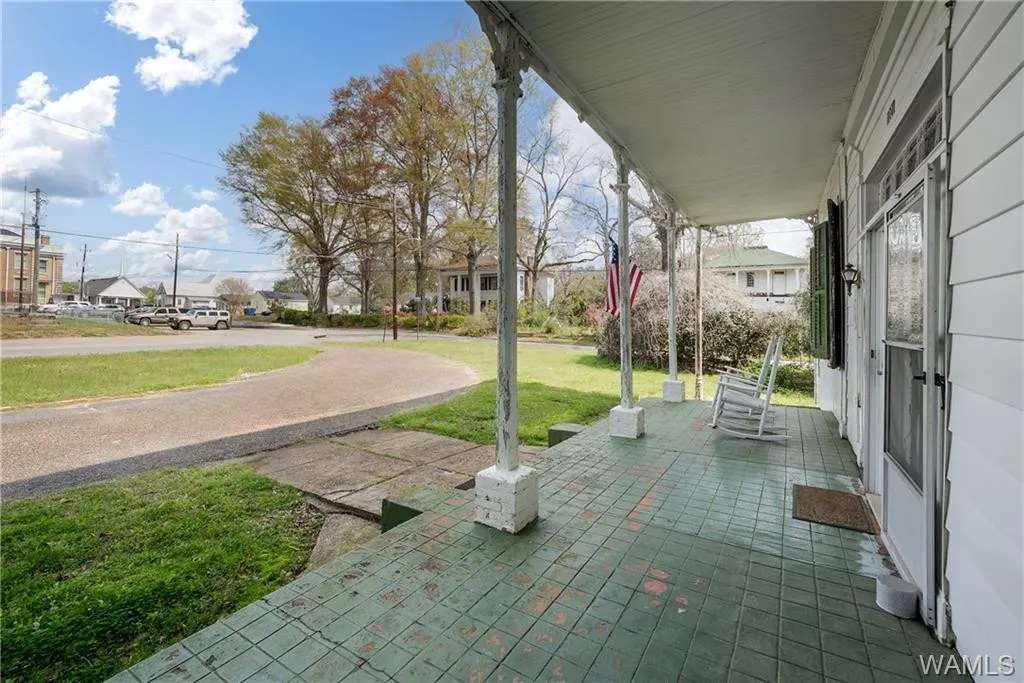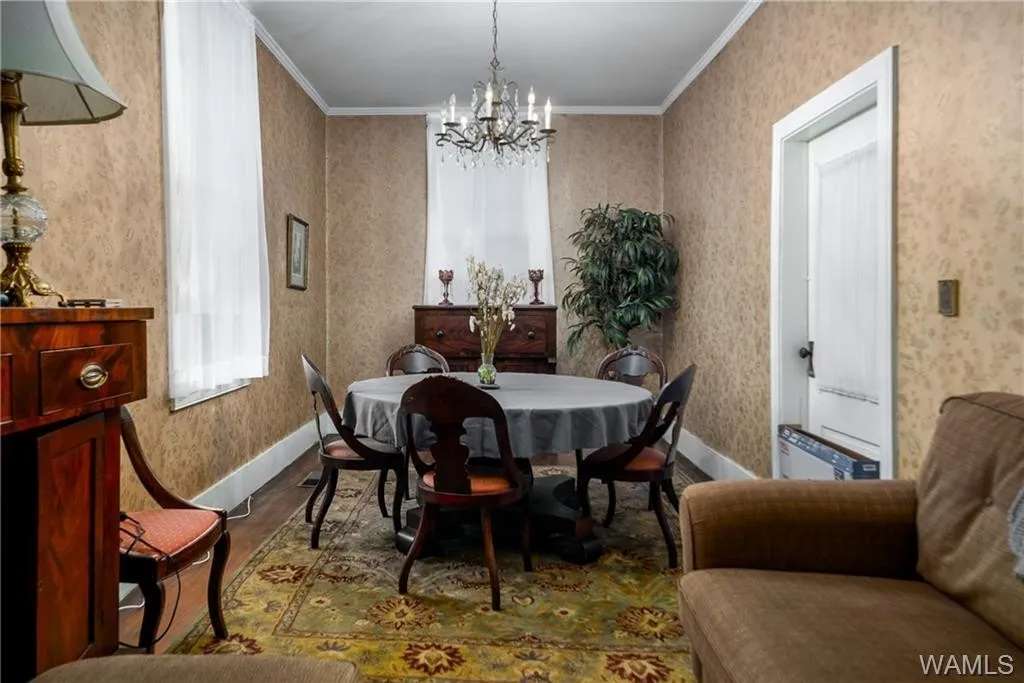The Poellnitz-Vick House in Greensboro, Alabama, stands as a silent testament to the region’s rich history, embodying the architectural elegance and historical depth that characterize the antebellum South. This once-grand residence, now cloaked in the aura of abandonment, offers a unique glimpse into the past and an opportunity to imagine the stories that its walls could tell.

Constructed in the mid-19th century, the Poellnitz-Vick House is a prime example of Greek Revival architecture, a style that became synonymous with prosperity and refinement in pre-Civil War America. Its design features, including grand columns, expansive porches, and ornate detailing, reflect the economic and social status of its original occupants.

Over the years, the Poellnitz-Vick House has witnessed the ebb and flow of fortune. From its early days as a symbol of wealth and power in the Antebellum South, through the tumult of the Civil War and the transformations of the Reconstruction era, this house has stood as a silent witness to the changing tides of history.

Today, the Poellnitz-Vick House sits abandoned, its splendor faded but not forgotten. The peeling paint, overgrown gardens, and quiet stillness that now characterize the property only add to its mystique, inviting visitors to step back in time and imagine the lives of those who once walked its halls. Photographers and historians alike are drawn to its decaying beauty, seeing in its dilapidation a poignant reminder of the impermanence of human endeavors.

Yet, the story of the Poellnitz-Vick House is not just one of decline. It is also a story of resilience and the enduring legacy of the past. Efforts to preserve and restore such historic structures remind us of the importance of connecting with our heritage, of understanding the stories that have shaped our communities and ourselves.

In the end, the Poellnitz-Vick House remains a fascinating chapter in the story of Greensboro, Alabama, and the American South. It stands as a reminder of what was, a symbol of what could be, and a call to preserve the rich tapestry of history for future generations to explore and appreciate.







